When I was little, I used to say to my friends, “Meet me at my swing set.” My daughter says, “I’m meeting my friend at the left corner of Stomp io” (an Internet game). This is true for many parents today – studies show that our children play outside 30-80% less than we did as children. This is a serious problem. We are seeing the results of the lack of play and socialization in our schools and students today.
Experts cite the decline in free play as the reason for an increase in anxiety, depression, and feelings of helplessness, a decline in empathy, creativity, and self-esteem, and a rise in narcissism in students.
I’ve seen changes in my students over a twenty-year teaching career. My students today need to be taught the very basics of communicating with another person – making eye contact, reading non-verbal cues in others, listening, and responding appropriately. Many struggle with appropriate play at recess. Altercations and hurt feelings abound. We often hear tattles of phones smuggled onto the playground. So many of my students just throw a ball at the wall and don’t actually interact or PLAY together.
Sometimes, supervising recess can feel a little like the scene in A Wrinkle in Time when Meg and company tesser to the planet where they notice something distinctly off in the identical rhythm of the children bouncing their balls and skipping rope. They don’t interact at all during their “play.”
In my research for this piece I learned it is considered cruel to deprive monkeys of play for lab testing. We’ve done it to children for many years now. Researchers have observed during play-deprivation lab tests on rats that rats raised without play become emotionally crippled as young adults. They react with fear and terror in new environments. They lash out with inappropriate anger. This also sounds like more and more of our youngest students!
When I taught kindergarten, I used a play-based philosophy gleaned from early childhood experts and Mister Rogers. I wrote and received grants for my students to have Dramatic Play Centers filled with environmental print to work on their social-emotional and language and communication skills and give every child an opportunity to participate and have fun despite languages or abilities, providing equity and access for all students. Other favorites were the ever-changing sensory table (Rocks! Rice! Water!), my painting easel, and my block center where my students learned to play together, to speak together, to write, to share and yes, LEARNED, much more than they ever could from a worksheet.
I successfully advocated keeping play-based learning in kindergarten for years. The year after I left kindergarten, I was heart-broken to see all the arts and sensory tables being hauled out one day after school.
Today’s kindergartners are pressured to perform on benchmark tests and meet high academic standards and are less likely to learn through play. Today’s kindergarteners are also more prone to tantrums, defiance and bullying behaviors. Classroom evacuations of early childhood classrooms due to dangerous and unruly behavior have become a regular occurrence. I cannot help but suggest that a lack of play might be one culprit of this growing trend.
When children are deprived of play, they don’t learn to get along with others. They don’t learn to solve their own problems. Skills like empathy, resilience, and problem-solving — all essential 21st-century skills that students can’t learn from a worksheet or app— are benefits of play.
Movement and play are a biological need. When a human sits for longer than 20 minutes, the physiology of the brain and body changes. The brain becomes deprived of fuel -oxygen, and glucose- and neurons don’t fire – essentially the brain just falls asleep.
Other countries have figured this out. In Finland, students take a 15-minute break for outdoor play after every 45 minutes of classroom time. In East Asia, most primary schools give their students a 10-minute break after 40 minutes of instruction.
What can you do to bring play back into our schools?
- Start with Global School Play Day! 2015 was the first annual Global School Play Day for students in schools around the world. In year one, over 65,000 students participated. In 2020, year six, 563,283 students participated, including mine! After a day of fun, unstructured free play, one student hugged me and said, “Thank you for giving us this day.”
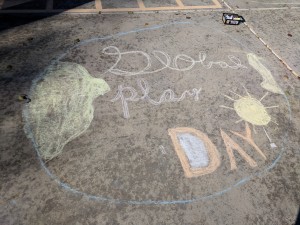
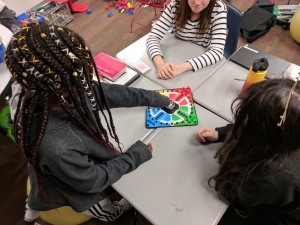
- But don’t limit play to one day! Free play and guided playtime to use their imagination and practice social skills can improve student discipline, focus, and academic success.
- Do what you do best – TEACH! Teachers were behind the movement to get the mandatory recess law in place in Arizona in 2018. Teach your parent community, teach your administration, teach your colleagues about the importance of play. Start with these books: Last Child in the Woods by Richard Louv, The Power of Play: Learning What Comes Naturally by David Elkind, and Play: How it Shapes the Brain, Opens the Imagination, and Invigorates the Soul by Stuart Brown, M.D. who also has a compelling Ted Talk, and this Ted Talk by Dr. Peter Gray.
“You can discover more about a person in an hour of play than in a year of conversation.” Plato






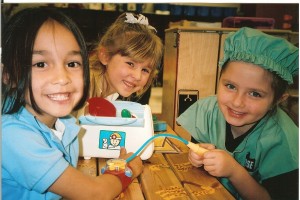
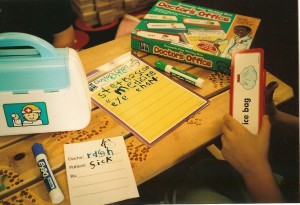
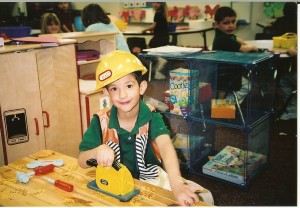
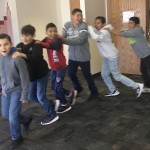

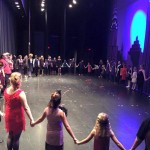

Comments 2
I often wonder if the pressure to achieve earlier affected my teenage students’ social-emotional development. Play is how they learn to cooperate, communicate and collaborate.
I love this, Beth (especially as a PE teacher).
Play is so important for children. It helps with brain development, social skills, problem solving, creativity, and much more.
I saw this article on how kindergarten students play in Finland. Pretty cool!
https://www.theatlantic.com/education/archive/2015/10/the-joyful-illiterate-kindergartners-of-finland/408325/